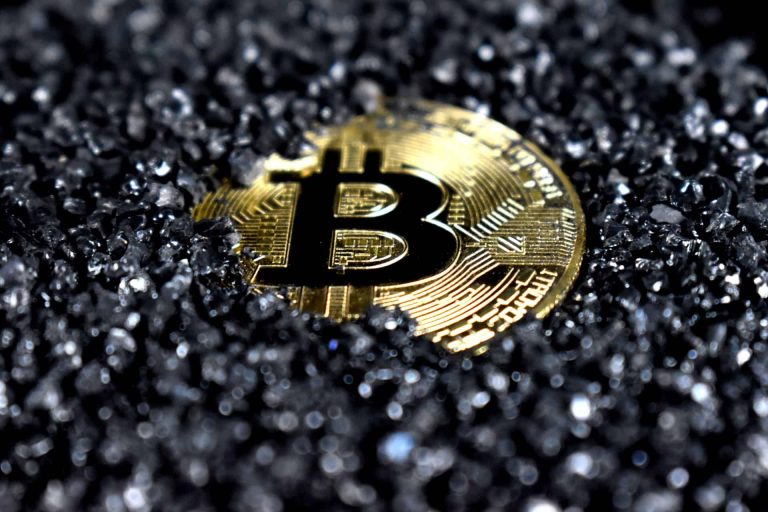Historically, one of the major problems facing cryptocurrencies as a medium of exchange is that their prices are highly volatile. Cryptocurrency prices jump around wildly with the ebbs and flows of speculative sentiment. Because of that, they have not yet become a secure and reliable medium of exchange. That’s where stablecoins come in.
What Are Stablecoins?
Stablecoins are cryptocurrencies that are pegged to the price of a real-world asset, like a fiat currency or precious metal. For example, a USD stablecoin is a cryptocurrency token backed by a reserve of US dollars, typically at a 1:1 ratio. The US dollars are used as collateral to maintain the price of the stablecoin at the value of the US dollar. Often, each stablecoin can also be directly exchanged for its reserve asset as well. In our example, a USD stablecoin can usually be exchanged for US dollars at a 1:1 ratio. This provides stablecoins with a great deal of, well, stability when compared with most cryptocurrencies’ market volatility. But, compared to holding the underlying asset directly, they have the advantage of being faster and easier to exchange.
Different Collateral Options for Stablecoins
There are a few different ways to maintain the price of a stablecoin: through fiat currency collateral, commodity collateral, crypto collateral, or algorithmically.
Fiat Currency Collateral
A stablecoin that uses a fiat currency as collateral uses that currency as a reserve to keep the price of the coin stable. This means locking that currency away somewhere for use in a 1:1 exchange with the cryptocurrency. This is called an ‘off-chain’ solution because it is closely tied to the regulations and tracking of an underlying asset that is not on the blockchain. This also means that trust in the central body providing the reserve currency is key to the success and stability of the coin.
For many crypto-enthusiasts, being decentralized is one of the central purposes of cryptocurrencies. For others, the stability granted by backing a crypto-token to a fiat currency allows them to enjoy all the benefits and uses of cryptocurrencies with a much more stable coin.
Stablecoins backed by fiat currency are currently the most popular stablecoins available, with Tether (USDT) and True USD (TUSD) being two of the primary USD-backed examples.
Commodity Collateral
Beyond fiat currency-backing, stablecoins can also use commodities such as gold and silver, or even oil and real estate as collateral.
Gold is the most popular form of commodity-backed stablecoin, with Tether Gold (XAUT) and Paxos Gold (PAXG) as prime examples of this kind. However, if you want to exchange your gold-backed stablecoins for real gold, you’ll need enough stablecoins to equal the value of the weight of the gold bars that back it. For many investors, this will be out of reach of their investment amount, and this is something to keep in mind.
Another option is a silver-backed stablecoin. Options include Silver Coin and the Silverlink token (LKNS). Both have the option to exchange for real silver, which should be more attainable for most than the exchange for gold. Silver-backed stablecoins are also useful as a means of exposure to large quantities of silver because usually, it would be hard to store. Still, silver can be more volatile than gold because of its industrial uses and, for other reasons, being generally less popular than gold as a store of value.
Stablecoins backed by oil and real estate have thus far been more speculative and less trusted, as they have rarely have allowed direct exchange with their underlying asset.
Cryptocurrency Collateral
Crypto collateral is somewhat harder to grasp than the other forms of collateral we have so far discussed. Essentially, a crypto-backed stablecoin uses another cryptocurrency as collateral. Because crypto tends to be quite volatile, these often need to be over-collateralized, often as much as 2x. For example, if you would like to obtain $100 of a crypto-backed stablecoin, you’ll need $200 of your reserve cryptocurrency.
These are held together with smart contracts that allow for the price of the underlying reserve cryptocurrency to fall up to 50% of its value and still keep the coin price stable. The main benefit of using crypto as collateral is the ability to keep the stablecoin ‘on-chain’ and decentralized, which means greater anonymity and less control by central agents such as governments and central banks.
Algorithmic
An algorithmic stablecoin uses algorithms and smart contracts to decide when to reduce or increase the supply of its coins in circulation. This change in supply changes the overall price, allowing it to track the price of an asset, usually a fiat currency like USD. When the price of the underlying asset goes up, supply is reduced, increasing the price of the stablecoin. Vice versa for when the asset goes down, the supply is increased, reducing the price. Thus, an algorithmic stablecoin is not backed by actual fiat currency or commodities but mimics their price movements.
Best Stablecoin Investments
Different stablecoins each have their own advantages and disadvantages.
Fiat currency-backed stablecoins allow for safe transactions without worrying about the price volatility of the cryptocurrency. Commodity-backed stablecoins are a simple way to gain exposure to their underlying asset without the need to store it yourself. Finally, cryptocurrency-backed stablecoins maintain their value while staying decentralized.


